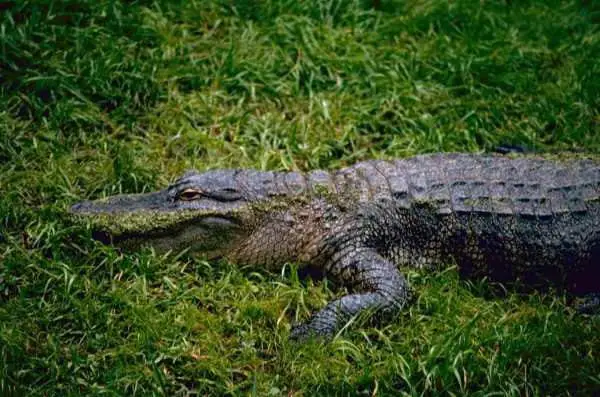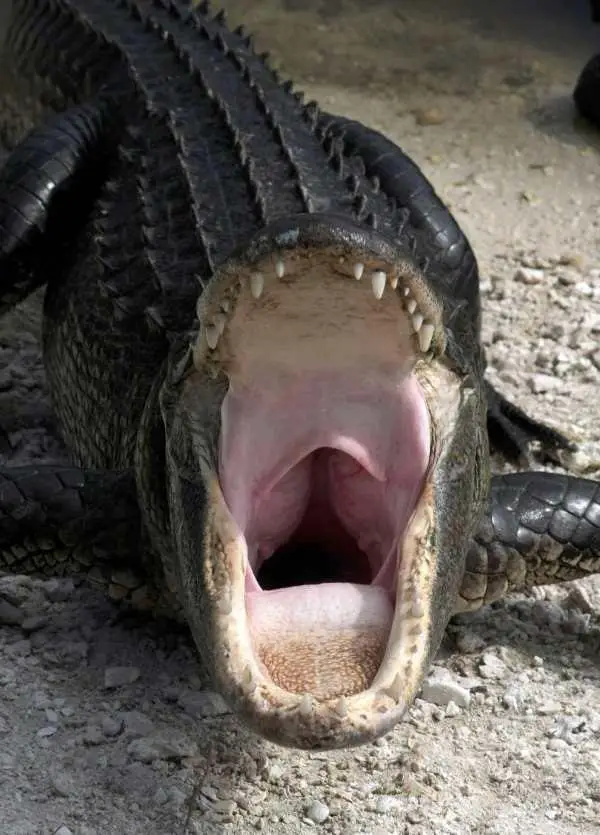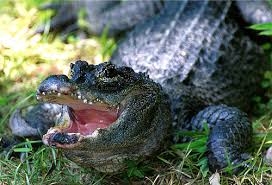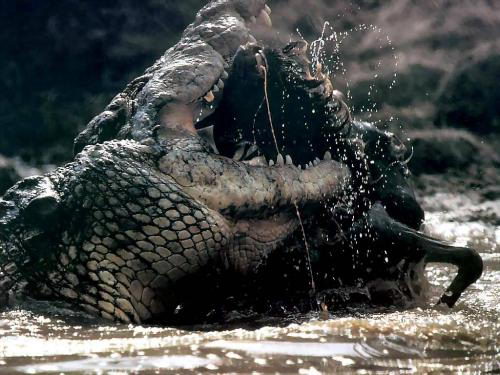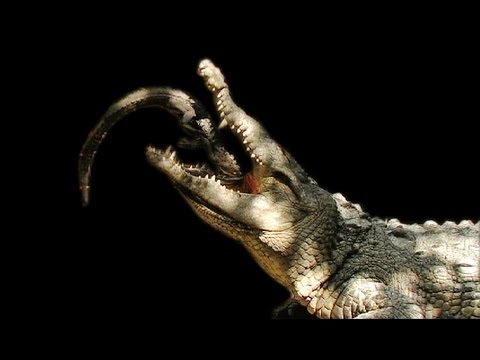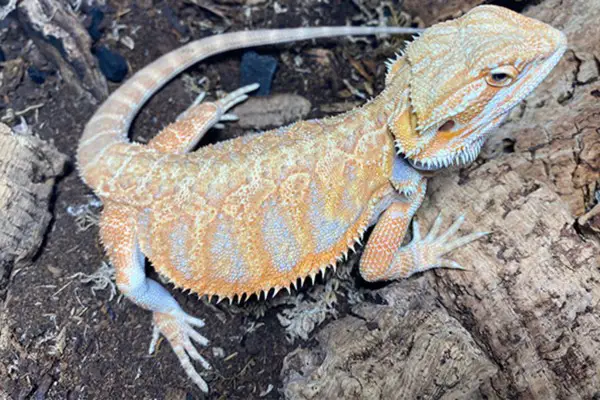Here are some of the most informative American alligator facts such as American alligator diet, habitat, reproduction, and behavior. The American alligator (Alligator mississippiensis), also known as common alligator, is a large crocodilian reptile that is native to the Southeastern United States. These alligators belong to the genus Alligator and are associated with the Alligatoridae family. American alligators are larger than the Chinese alligators. These species are more readily found in the marshes, freshwater wetlands, and cypress ranging from North Carolina to Texas. American alligators were once hunted largely to produce leather products, which became fashionable in the late 1800s. They are characterized by their wider snout together with the bright coloration. American alligators are adaptable for inhabiting colder climates. Alligators are considered to be apex predators and they largely rely on birds, mammals, reptiles, and amphibians, although young mainly consume invertebrates. They have ecological importance in that the alligators create holes which allow other organisms to use it as a drier habitat. Alligators lay eggs in a nest built of leaves, sticks, mud, and vegetation. American alligator is termed as ‘Least Concern’ by the International Union for Conservation of Nature (IUCN). Now lets dive into some more facts about the American Alligator.
Interesting American Alligator Facts
- The mean length of an adult male alligator measures at 3.4 meters (11 feet); with few males averaging 4.0 meters (13 feet), while females measure around 2.6 meters (8.5 feet). According to the reports of 19th and 20th century, the males could be as large as 5 – 6 meters (16 – 20 feet). One of the largest alligators was killed in 1890 in the Louisiana which measured at 5.8 meters (19 feet) in length.
- The weight of an adult male alligator measures at 227 kg (500 lb), with the females measuring at 91 kg (200 lb). Depending entirely on the climate and growth rate, alligator exhibits broader snouts which are specifically observed in captive individuals.
- American alligators have 74 – 84 teeth.
- American alligators are also known for their strongest bite measuring at 9,452 newtons (2,125 lbf).
- The average lifespan of American alligators is 35 to 50 years.
- The group of alligators is called congregation.
- The largest American alligator ever observed was measured at 19.8 feet (6 meters) but there is little evidence to support this argument.
- Alligators are generally solitary and territorial species.
- The Florida and Louisiana hosts most of the alligators, with Florida alone accommodating almost one million alligators.
- No matter how big the size or how slow the metabolisms are, American alligators are capable to make short bursts of 30 miles per hour.
- American alligators hibernate from October to March.
- These alligators can run at a speed of 11 miles per hour in short bursts.
Habitat and Distribution | American Alligator Facts
American alligators inhabit all throughout the Southeastern United States ranging from Virginia, North Carolina, Southern Texas, Everglades National Park (Florida), to the Great Dismal Swamp. These predators are also known to exist in Georgia, Louisiana, Gulf Coast, Arkansas, Oklahoma, Alabama, South Carolina, and Mississippi. They are mostly found in streams, freshwater lakes, ponds, creeks, canals, tidal marshes, rivers, reservoirs, and swamps. The young alligators typically inhabit in the seasonal wetlands and Carolina Bays. They fancy their living in brackish water as compared to the freshwater. When the summer arrives, the male alligators tend to shift toward open water while females prefer to inhabit in swamps to build nests for laying eggs.
What Do American Alligators Eat | American Alligator Facts
American alligator is an apex predator within its range. These animals are opportunistic feeders and their diet is primarily determined by the age and size of the alligator. Many alligators prey on birds, amphibians, mammals, invertebrates, turtles, fish, and snakes. The young alligators generally feed on invertebrates including worm, spiders, snails, and larvae. They largely prey on animals that come for drinking water and their size is often less than the alligator itself.
American alligators seldom eat large deer and feral wild boars as they do not qualify for the normal diet. Similarly, calves and wild dogs fall victim to these alligators. Some other species such as waterfowls, water birds, storks, herons and egrets are also taken when possible. Occasionally, they consume lizards and snakes.
The alligator’s diet is mainly composed of fish and those prey that comes at the water edge. They are also known to hunt some 50 meters (170 feet) apart from water on land.
Reproduction | American Alligator Facts
Now lets have a peek into the american alligator facts related to its reproduction The breeding season of alligators take place in spring. The male alligators tend to use infra-sound while mating. The female is normally responsible for constructing nests which is built of leaves, sticks, mud, and other vegetation. The female typically lays 20 – 50 white eggs almost the size of a goose egg. These eggs are 3 inches long. Once the eggs are laid, female covers them with the vegetation. The incubation period lasts for 65 days and the mother will remain with the nest all throughout the incubation period. These females aggressively defend their hatch-lings for about one year. These hatch-lings will feed on crayfish, small fish, frogs, and several insects. They may often fall victim to mature alligators, large fish, birds, and raccoon. Young alligators grow to 3.o to 8.0 inches (7.6 to 20 cm) each year.
Fast Facts | American Alligator Facts
Conservation Status
Least Concern by the International Union for Conservation of Nature
Size/Age at Maturity
6 feet and is dependent on the growth rate
Typical Size
Males: 13 – 14 ft
Females: 9 – 10 ft
Largest Alligator Specimen
12 ft 10 inches, died in 1996
Weight
Mature Alligators: 500 pounds
Lifespan
35 – 40 years in the wild
60 – 66 year in captivity
Hatch-lings Size
8 – 10 inches
Clutch Size
20 – 60 eggs
Incubation Period
65 days
Teeth
74 – 84

